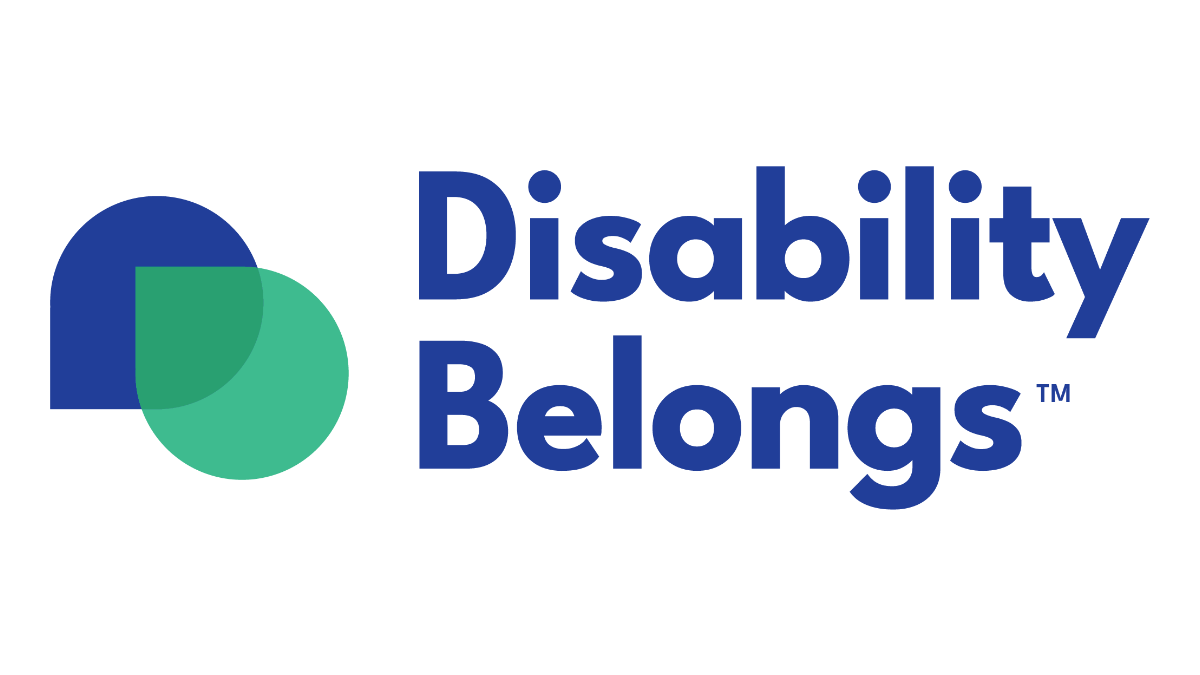As a final project for her Spring Fellowship, Policy Fellow Emily Snodderly wrote and delivered this policy speech examining the practice of paying subminimum wages to people with disabilities.
 In 1938, the Fair Labor Standards Act created the federal minimum wage, but it included an exception for people with disabilities. The exception was intended to preserve employment opportunities for people, especially wounded veterans, who couldn’t keep up with “normal production” in factories. Now, 85 years later, thanks to this law, an estimated 53,000 workers in the United States earn less than minimum wage, sometimes pennies per hour, solely because they have a disability.
In 1938, the Fair Labor Standards Act created the federal minimum wage, but it included an exception for people with disabilities. The exception was intended to preserve employment opportunities for people, especially wounded veterans, who couldn’t keep up with “normal production” in factories. Now, 85 years later, thanks to this law, an estimated 53,000 workers in the United States earn less than minimum wage, sometimes pennies per hour, solely because they have a disability.
This is the typical experience of a worker with a disability earning subminimum wage. We’ll call her Janet. Janet is a 35-year-old woman with an intellectual disability. For the last 15 years, she has worked in something called a sheltered workshop. Like Janet, all her coworkers have some sort of disability. For 10 hours a week, they sort and package products like jewelry or soap. Every 6 months, Janet’s supervisor times how fast she works in order to justify her current wage. She earns $4 an hour–about average for sheltered workshop employees. After an entire year of sorting and packaging the same way every day, Janet has earned a grand total of $2,000.
Oftentimes, when I first tell someone about subminimum wage employment, their reaction is positive. They say, “Isn’t that a good thing? If employers can pay lower wages, it incentivizes them to hire people with disabilities. Plus, people who couldn’t otherwise get a job get the satisfaction of having a job.” However, this perspective is based on two false assumptions. [continue reading…]


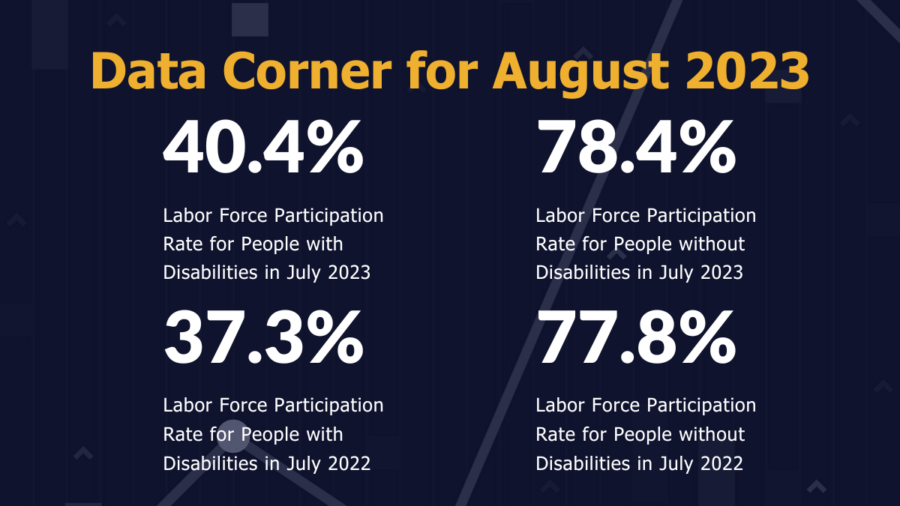
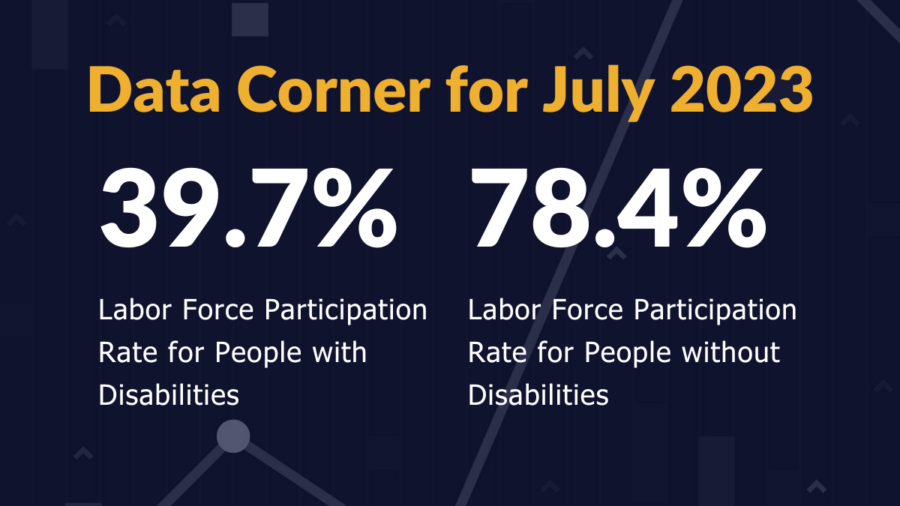





 In recognition of Pride Month, RespectAbility celebrates the diversity and positive impact the LGBTQ+ community adds to the United States. At the same time, we recognize that the data shows that full equity for the LGBTQ+ community in public life has yet to be achieved. This is of particular importance to the disability community, because there is tremendous intersection between the disability and LGBTQ+ communities.
In recognition of Pride Month, RespectAbility celebrates the diversity and positive impact the LGBTQ+ community adds to the United States. At the same time, we recognize that the data shows that full equity for the LGBTQ+ community in public life has yet to be achieved. This is of particular importance to the disability community, because there is tremendous intersection between the disability and LGBTQ+ communities.

 In 1938, the Fair Labor Standards Act created the federal minimum wage, but it included an exception for people with disabilities. The exception was intended to preserve employment opportunities for people, especially wounded veterans, who couldn’t keep up with “normal production” in factories. Now, 85 years later, thanks to this law, an estimated 53,000 workers in the United States earn less than minimum wage, sometimes pennies per hour, solely because they have a disability.
In 1938, the Fair Labor Standards Act created the federal minimum wage, but it included an exception for people with disabilities. The exception was intended to preserve employment opportunities for people, especially wounded veterans, who couldn’t keep up with “normal production” in factories. Now, 85 years later, thanks to this law, an estimated 53,000 workers in the United States earn less than minimum wage, sometimes pennies per hour, solely because they have a disability.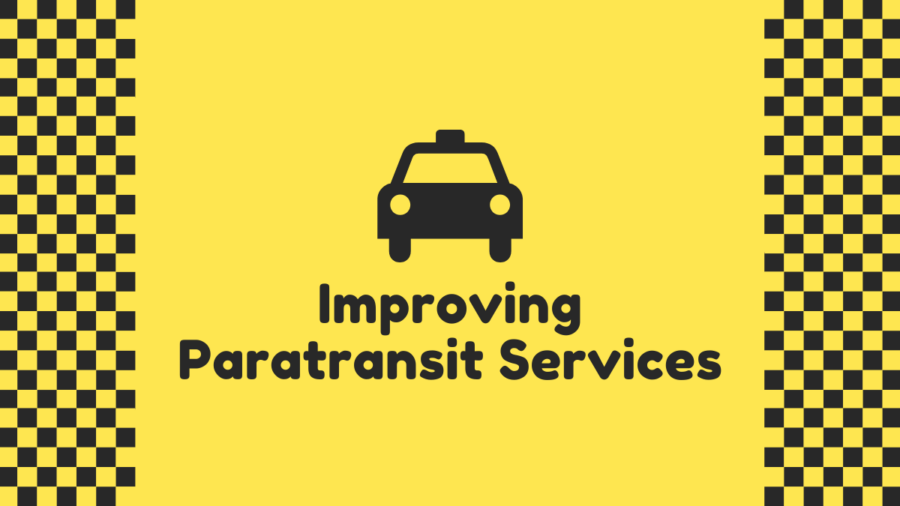
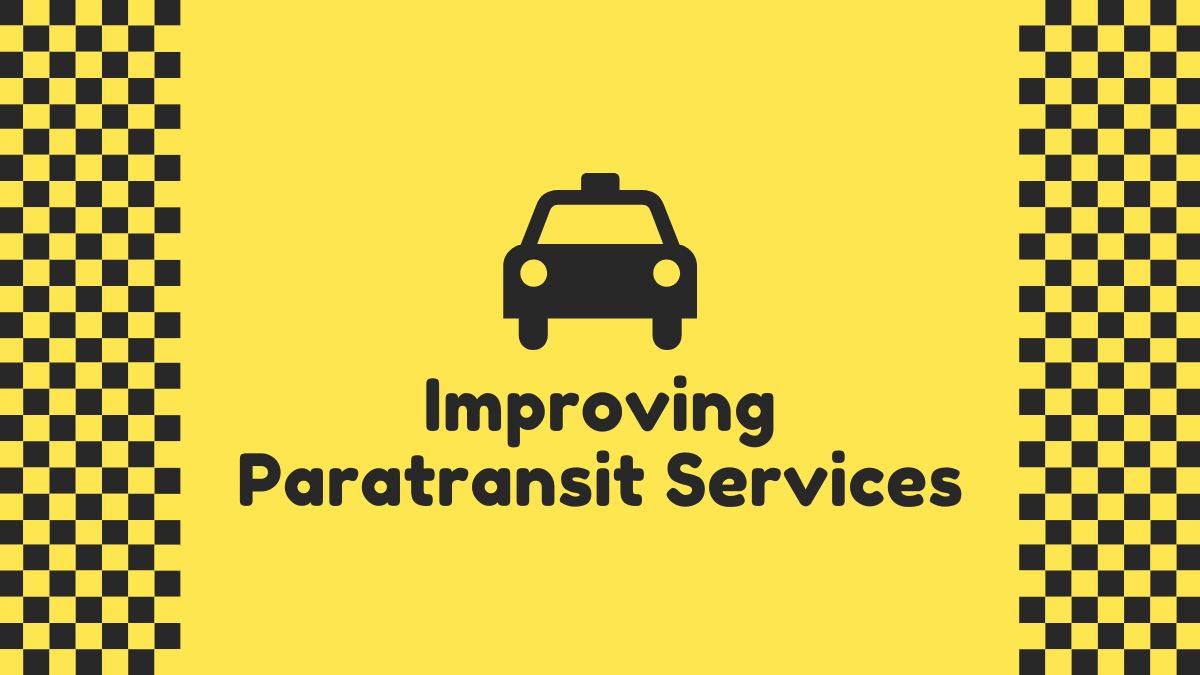 Many Americans with and without disabilities use fixed-route transportation like a city bus or commuter rail to reach their desired destination. However, people with disabilities may need additional transportation assistance to reach destinations beyond traditional public transportation routes. Public transit authorities provide paratransit services for eligible persons with disabilities if they cannot safely travel short distances to a bus stop. For instance, minibuses are used for these purposes. However, there can be issues with the timeliness of these services and the limited distance that is covered.
Many Americans with and without disabilities use fixed-route transportation like a city bus or commuter rail to reach their desired destination. However, people with disabilities may need additional transportation assistance to reach destinations beyond traditional public transportation routes. Public transit authorities provide paratransit services for eligible persons with disabilities if they cannot safely travel short distances to a bus stop. For instance, minibuses are used for these purposes. However, there can be issues with the timeliness of these services and the limited distance that is covered.

 Asian American and Native Hawaiian/Pacific Islander (AANHPI) students are the least likely of all races to receive special education services. According to the
Asian American and Native Hawaiian/Pacific Islander (AANHPI) students are the least likely of all races to receive special education services. According to the 


